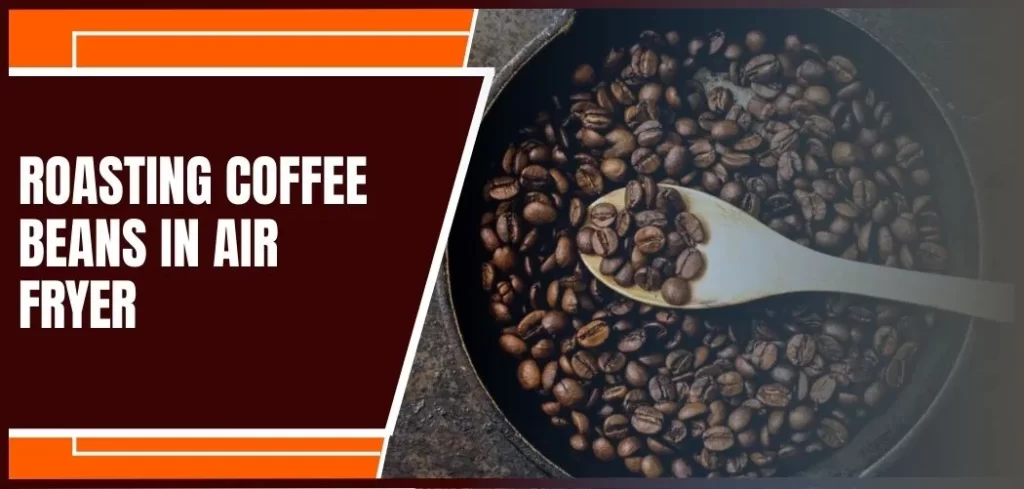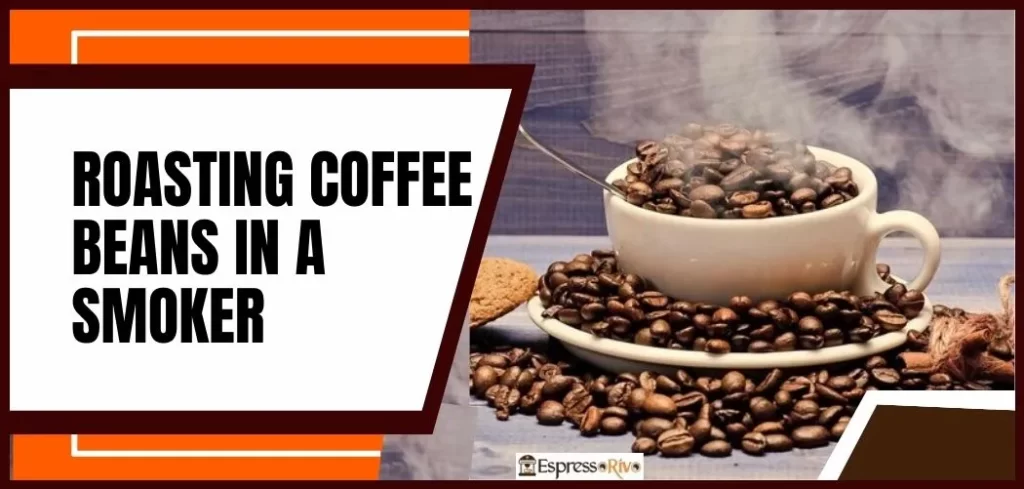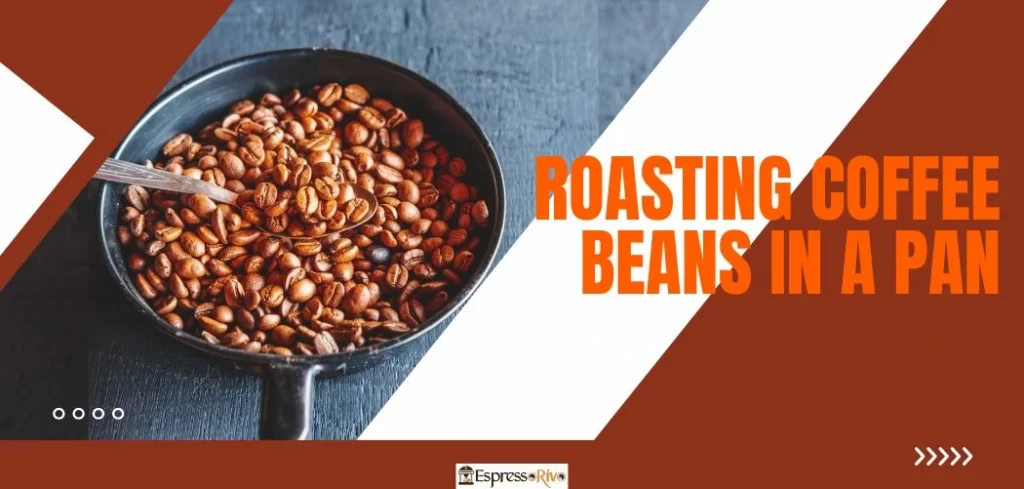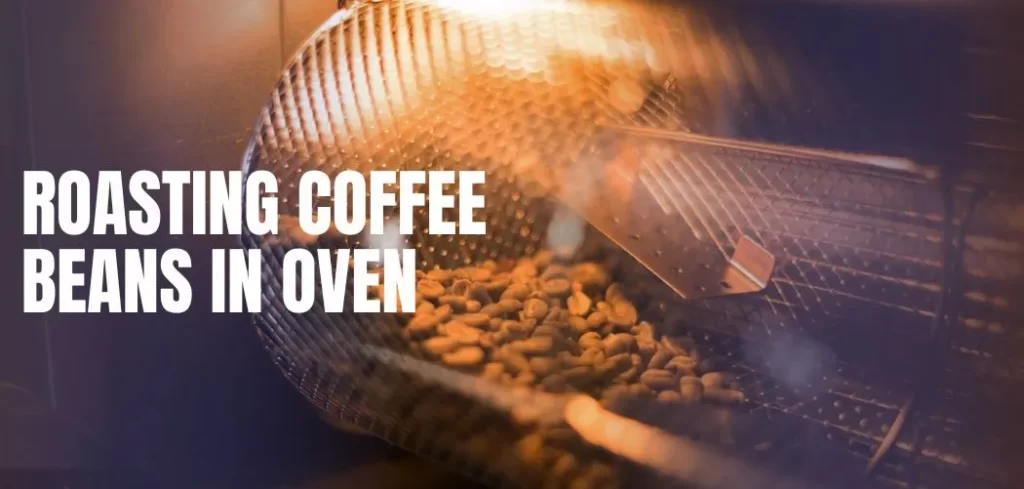Welcome to the ultimate guide on types of coffee roasts! If you’re a coffee enthusiast looking to expand your knowledge and explore the world of coffee flavors, you’re in the right place. Coffee roasting is an art that plays a crucial role in developing the unique taste profiles of different types of coffee beans. In this comprehensive guide, we’ll delve into the different types of coffee roasts, ranging from mild to bold, and uncover their distinct characteristics.
Coffee roasting is a process that transforms green coffee beans into the aromatic and flavorful beans that we use to brew our favorite cup of Joe. During roasting, coffee beans undergo complex chemical reactions that affect their taste, aroma, color, and acidity. As a result, different roast levels produce coffee with varying flavor profiles, allowing coffee lovers to enjoy a diverse range of taste experiences.
Understanding the different types of coffee roasts is essential for any coffee enthusiast or aspiring home roaster. It allows you to choose the perfect coffee beans based on your preferred flavor profile and brewing method. From the bright and vibrant flavors of light roasts to the bold and robust notes of dark roasts, each coffee roast level has its own unique appeal.
Throughout this guide, we’ll explore the characteristics of various coffee roast levels, including light roasts, medium roasts, medium-dark roasts, dark roasts, and beyond dark roasts. We’ll also provide insights on popular coffee beans associated with each roast level, brewing methods that complement them, and tips on how to achieve the perfect roast at home.
Let’s dive in and discover the magic of coffee roasting!
1. Light Roasts
If you prefer a bright and vibrant cup of coffee with distinct origin flavors, then light roasts are your go-to choice. Light roasts are known for their light brown color and high acidity, as they are roasted for a shorter duration to retain the unique characteristics of the coffee beans.
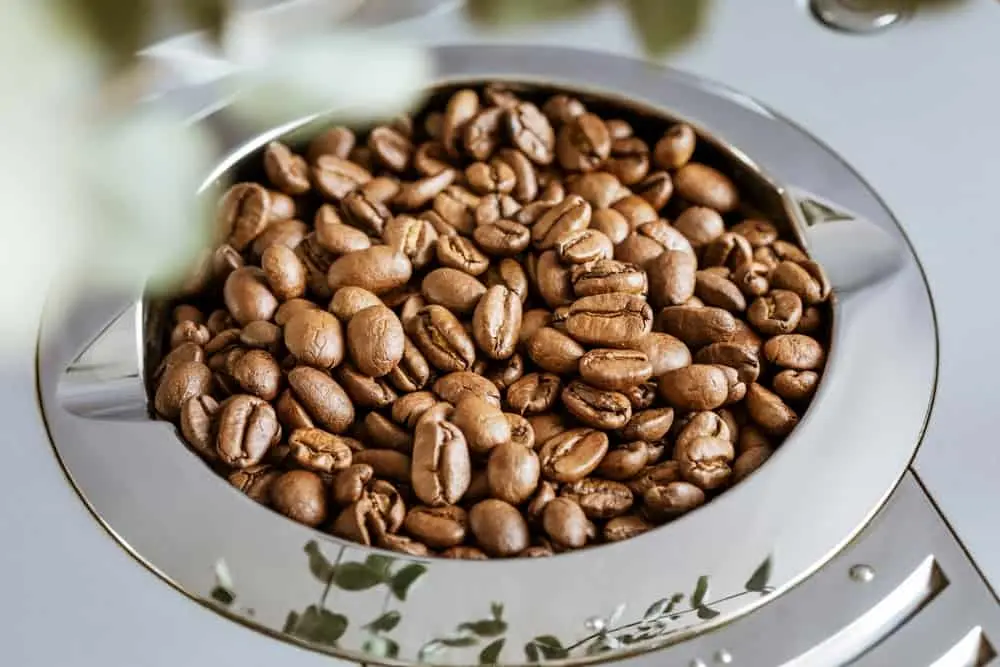
One of the key aspects of light roasts is their pronounced origin flavors. Light roasts highlight the natural flavors of the coffee beans, allowing you to taste the specific notes of the region where the beans were grown. For example, coffee beans from Ethiopia may exhibit floral and fruity notes in a light roast, while beans from Central America may have a citrusy and bright profile.
Some popular coffee beans associated with light roasts include Ethiopian Yirgacheffe, Kenyan AA, and Costa Rican Tarrazu. These beans are known for their complex flavors, including floral, fruity, and bright acidity, which are accentuated in a light roast.
When it comes to brewing methods, light roasts are best suited for pour-over, drip brewing, and AeroPress. These methods allow the delicate flavors of light roasts to shine through, producing a crisp and bright cup of coffee with a clean finish.
If you’re considering roasting your own coffee beans to achieve a light roast, it’s important to monitor the roasting process carefully. Light roasts require shorter roasting times and lower temperatures to preserve the nuanced flavors of the coffee beans. It’s recommended to start with high-quality, freshly harvested green coffee beans and experiment with different roasting techniques to achieve the perfect light roast that suits your taste preferences.
2. Medium Roasts
If you’re looking for a balanced and versatile cup of coffee that strikes a perfect harmony between acidity and body, then medium roasts are worth considering. Medium roasts are known for their medium brown color and offer a balanced flavor profile that combines the characteristics of both light and dark roasts.
Medium roasts are a popular choice among coffee lovers who enjoy a well-rounded cup of coffee with moderate acidity, body, and complexity. During the roasting process, medium roasts undergo a longer duration of roasting compared to light roasts, which results in a slightly darker color and a more developed flavor profile.
One of the distinct features of medium roasts is their balance between acidity and body. Medium roasts typically have a medium acidity level that adds brightness to the cup without being too overpowering, and a medium body that offers a smooth and creamy mouthfeel. This balance makes medium roasts a versatile option that complements various brewing methods and suits a wide range of taste preferences.
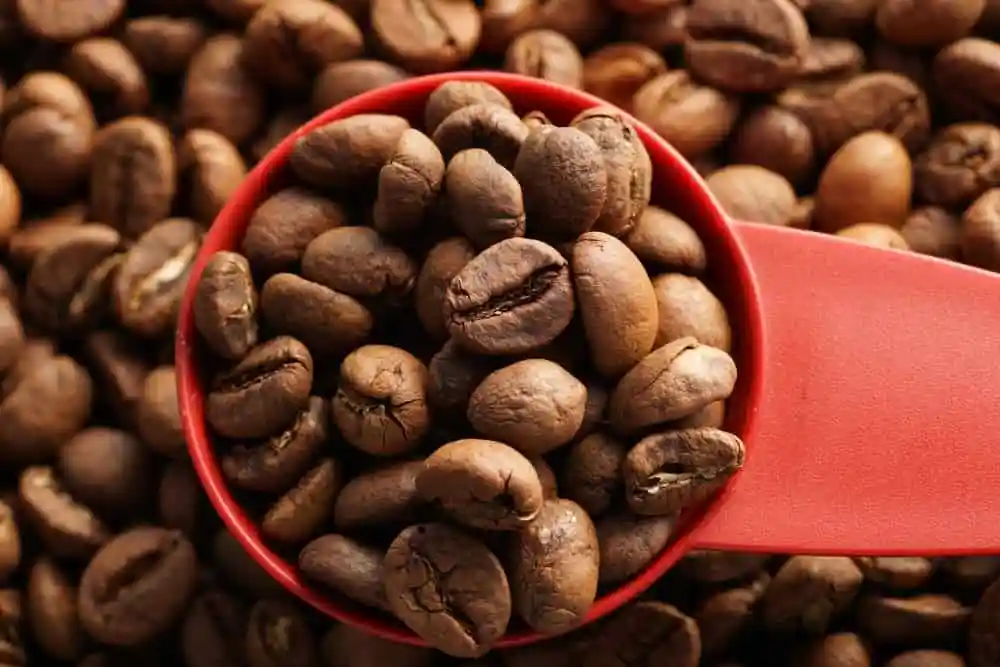
Some popular coffee beans associated with medium roasts include Colombian Supremo, Guatemalan Antigua, and Costa Rican Heredia. These beans are known for their balanced and nuanced flavor profiles, which are further enhanced in a medium roast. Medium roasts also tend to retain some of the origin flavors, while also developing hints of caramel, chocolate, and nutty notes.
When it comes to brewing methods, medium roasts are versatile and can be used for various brewing techniques, such as drip brewing, French press, pour-over, and espresso. Medium roasts offer a well-rounded cup of coffee that can be enjoyed both black or with milk, depending on your preference.
If you’re planning to roast your own coffee beans to achieve a medium roast, it’s crucial to closely monitor the roasting process. Over-roasting can result in a darker roast level, leading to a loss of the delicate flavors and aromas that characterize medium roasts. Experiment with different roasting profiles and techniques to find the perfect balance between acidity, body, and flavor that suits your taste buds.
3. Medium-Dark Roasts
For those who prefer a bolder and richer cup of coffee, medium-dark roasts are a great choice. Medium-dark roasts are characterized by their deep brown color and are roasted longer than medium roasts, resulting in a more robust and intense flavor profile.
Medium-dark roasts offer a balance between the brightness of medium roasts and the boldness of dark roasts. During the roasting process, the coffee beans undergo further caramelization, resulting in a darker color and a more pronounced flavor profile. Medium-dark roasts are known for their bold and robust flavors, with prominent notes of chocolate, caramel, and roasted nuts.
One of the key characteristics of medium-dark roasts is their fuller body. Medium-dark roasts tend to have a heavier mouthfeel and a rich body that lingers on the palate. This makes them ideal for brewing methods such as espresso, where the bold flavors and full body can stand up to milk-based beverages or be enjoyed as a standalone shot.
Medium-dark roasts are also well-suited for those who prefer a coffee with lower acidity. As the beans are roasted longer, the acidity levels tend to mellow out, resulting in a smoother and less tangy cup of coffee compared to lighter roasts. This makes medium-dark roasts a popular choice among those who prefer a mellower and less acidic taste profile in their coffee.
Some popular coffee beans associated with medium-dark roasts include Sumatra Mandheling, Italian Roast, and French Roast. These beans are known for their deep and complex flavor profiles, which are further developed in a medium-dark roast. Medium-dark roasts also tend to have a longer aftertaste, allowing the flavors to linger and provide a more intense and satisfying coffee experience.
When it comes to brewing methods, medium-dark roasts are well-suited for espresso-based drinks, such as lattes and cappuccinos, as well as drip brewing methods. The bold flavors and robust body of medium-dark roasts can hold up well to milk and provide a rich and satisfying coffee experience.
It’s important to note that medium-dark roasts can be challenging to achieve consistently when roasting your own coffee beans, as the fine line between medium and dark roasts can be easily crossed. Paying close attention to the roasting process and using a reliable thermometer or color guide can help you achieve the desired medium-dark roast level.
4. Dark Roasts
Dark roasts are the epitome of boldness and intensity when it comes to coffee. With their dark brown to almost black color and rich, smoky flavors, dark roasts are a favorite among those who prefer a strong and robust cup of coffee.
During the roasting process, dark roasts are taken to a higher temperature and roasted for a longer duration compared to lighter roasts. This results in the beans reaching the point of “second crack,” where the sugars inside the beans caramelize further, and the oils are brought to the surface, giving the beans their shiny appearance.

One of the defining characteristics of dark roasts is their bold and intense flavors. Dark roasts are known for their rich, smoky, and sometimes even bitter taste profiles. The extended roasting process brings out deep, dark flavors with notes of dark chocolate, caramel, and even hints of charred wood or tobacco.
Dark roasts also have a lower acidity compared to lighter roasts. As the beans are roasted longer, the acidity levels are significantly reduced, resulting in a smoother and less tangy cup of coffee. This makes dark roasts an ideal choice for those who prefer a coffee with a more mellow and less acidic taste profile.
In addition to their bold flavors, dark roasts are also characterized by their full body and heavy mouthfeel. Dark roasts have a rich and viscous texture that coats the palate, providing a luxurious and satisfying coffee experience. This makes them particularly well-suited for brewing methods such as espresso, where the bold flavors and robust body can shine through and create a strong and memorable cup of coffee.
Some popular coffee beans associated with dark roasts include Italian Roast, French Roast, and Spanish Roast. These beans are known for their deep and intense flavors, which are further enhanced in a dark roast. Dark roasts are often used in blends or as a base for espresso due to their strong and pronounced taste profile.
It’s worth noting that dark roasts can be polarizing, as their bold flavors and intense bitterness may not be to everyone’s taste. However, for those who enjoy a strong and robust cup of coffee, dark roasts are a true delight. They are perfect for those who prefer a coffee with low acidity, full body, and a rich, smoky flavor profile.
5. Beyond Dark Roasts
Beyond dark roasts, there are some specialty or experimental roast levels that coffee enthusiasts might come across. These roasts push the boundaries of traditional coffee roasting and offer unique and unconventional flavors. Let’s take a closer look at these roast levels.
Charred Roasts: Charred roasts, also known as “burnt” or “carbonized” roasts, are taken beyond the dark roast level and are characterized by heavily charred or blackened beans. The beans are roasted for an extended period of time, resulting in a highly carbonized appearance and flavors that are smoky, bitter, and often reminiscent of burnt wood or charcoal. Charred roasts are not commonly used for brewing, as they can result in an overly bitter and ashy cup of coffee. However, some coffee aficionados may experiment with charred roasts for unique flavor profiles or as a component in blends.
Cinnamon Roasts: Cinnamon roasts, also known as “light roasts plus” or “canela” roasts, are taken to a lighter level than light roasts and are characterized by a pale brown color with visible cinnamon-like specks on the beans. Cinnamon roasts have a delicate and subtle flavor profile with bright acidity and floral or tea-like notes. These roasts are not as commonly found as other roast levels and are considered unconventional or experimental. They are preferred by those who appreciate unique and delicate flavors in their coffee.
Turbinado Roasts: Turbinado roasts, also known as “sugar” or “honey” roasts, are taken to a medium-light level and are characterized by a light brown color with a slightly caramelized or honey-like appearance on the beans. Turbinado roasts have a sweet and nuanced flavor profile with notes of caramel, molasses, and brown sugar. These roasts are not as widely available as other roast levels and are considered specialty or boutique roasts. They are preferred by those who enjoy sweeter and more complex flavors in their coffee.
It’s important to note that beyond dark roasts and other unconventional roast levels are not as common or widely used in the coffee industry compared to the traditional roast levels. They are considered experimental or specialty roasts and may require specific brewing techniques or equipment to bring out their unique flavors. However, for adventurous coffee drinkers who are open to exploring new taste profiles, these roasts can offer a fascinating and exciting coffee experience.
Conclusion
In conclusion, understanding the different types of coffee roasts is essential for any coffee enthusiast or aspiring home roaster. From light roasts with their bright and delicate flavors, to dark roasts with their bold and robust profiles, and beyond dark roasts with their experimental and unique flavors, each roast level offers its own distinct characteristics and complexities.
When choosing a coffee roast, it’s important to consider your personal preferences and brewing methods. Light roasts are ideal for those who enjoy bright acidity, floral notes, and a nuanced flavor profile, while dark roasts are perfect for those who prefer bold, smoky, and full-bodied flavors. Beyond dark roasts, such as charred roasts, cinnamon roasts, and turbinado roasts, offer adventurous and unconventional flavor profiles that may appeal to those seeking new taste experiences.
By understanding the different types of coffee roasts and experimenting with different roast levels, you can unlock a world of flavors and aromas in your coffee. Whether you’re brewing coffee at home or enjoying a cup at your favorite coffee shop, having knowledge about coffee roasts can help you make informed choices and appreciate the diverse range of flavors that coffee has to offer.
So, go ahead and explore the world of coffee roasts, experiment with different roast levels, and discover the unique flavors that each one has to offer. Happy roasting and brewing!
A. I. Moon
A.I. Moon, an experienced SEO Pythonista, spends his days coding and developing web applications to help business owners. A passionate coffee enthusiast, he believes that drinking coffee fuels his creativity and productivity. His day isn't complete without the rich aroma and invigorating warmth of a perfectly brewed cup. This love for coffee inspired him to found EspressoRivo, a platform dedicated to sharing his coffee knowledge and fostering a community of passionate aficionados.

